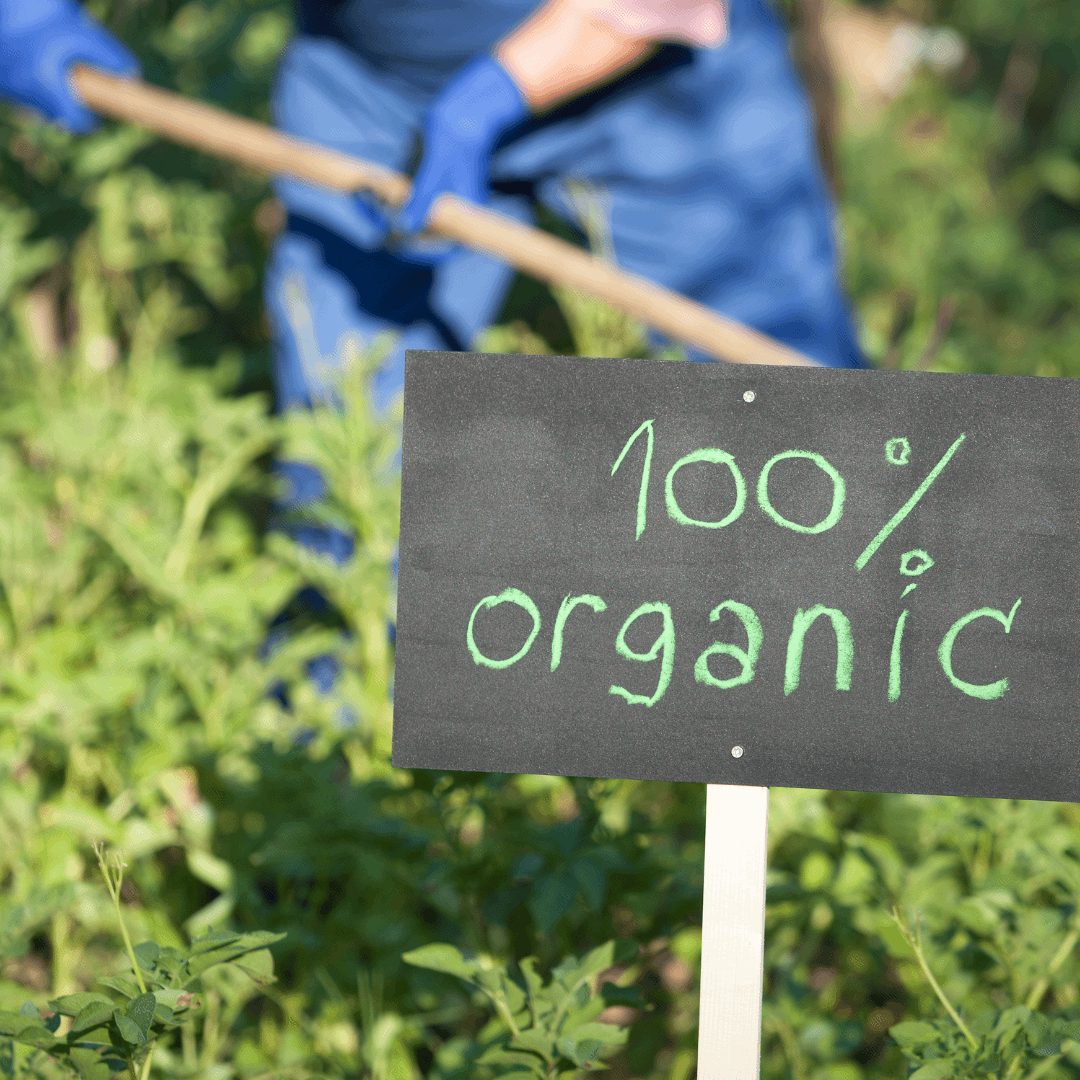- To succeed in the highly competitive CPG market, brands must adopt nuanced marketing strategies that build value beyond just low prices.
- Key strategies for standing out include understanding the competition, creating visually appealing packaging, strategic pricing, defining a unique selling proposition, and using DTC data to refine the product before a wide launch.
- Maximizing long-term profitability requires additional considerations like a phased retail rollout, proactive deduction management, margin optimization, and partnering with an experienced food broker company like VDriven.
Knowing this, many brands want to get a share of the profits of products within the CPG industry. This makes it an extremely competitive market to work in. So, while many brands try to penetrate the CPG market, only a few become successful in the CPG space.
In fact, market research shows that 75% of new products fail to earn $7.5 million in first-year sales, while less than 3% exceed the $50 million benchmark considered a highly successful launch.
This guide explores the effective natural food marketing strategies necessary to build a sustainable CPG brand that thrives beyond initial launch, ensuring your brand is prepared to stand out on the shelf and become one of the few that succeeds.
Why You Need to Start Rethinking Your CPG Marketing Strategy
To stay competitive in the CPG industry and to build a lasting brand, companies must implement a more nuanced approach that goes beyond providing low-price offerings. After all, as we’ve seen in 2024, temporary discounts that once worked have already become a failing strategy.
Here are 5 key reasons why your brand must implement marketing strategies that aren’t solely focused on pricing:
1. The Race to the Bottom Erodes Value
Constantly relying on price reductions to attract customers is an unsustainable strategy that can ultimately push you to the bottom. With this approach, you risk shrinking your profit margins with every sale while also allowing your customers to devalue your brand.
Ultimately, they may end up waiting for the next discount instead of building loyalty based on quality and trust.
2. The Rise of the Discerning Consumer
Modern shoppers are savvy researchers who actively seek out brands that align with their personal values.
Factors like sustainable food packaging, ethically sourced ingredients, a compelling brand story, and unique functional benefits now weigh heavily in their purchasing decisions.
Notably, this shift in consumer behavior has driven a phenomenon they refer to as “value wars”, where being considered as having the best overall value doesn’t solely mean having a low price tag.
3. Intensified Private Label Competition
Store brands are no longer just the budget alternative, but rather an increasingly desirable option with comparable product quality to products from established natural products companies. The strength of these private labels squeezes the space for brands whose only differentiator is price.
4. Ongoing Supply Chain Volatility
Building a brand strategy solely around a low-price promise is incredibly risky, especially considering that costs related to manufacturing your brand, including the cost of ingredients, production, and transportation, are constantly fluctuating. A sudden cost increase can either destroy your margins overnight or force you to break that price promise to your customers.
5. The New Definition of Brand Loyalty
Lasting brand loyalty can no longer be bought with temporary discounts, but is earned by fostering a genuine connection with your target audience.
Modern consumers stick with brands that offer a unique and consistent value proposition and a mission they can believe in. As such, a good first impression and positive emotional connection can help a brand thrive despite constant price fluctuations.
Key Strategies for Standing Out in the Natural Foods Aisle
Winning in an increasingly competitive retail market requires employing data-driven and consumer-focused strategies that can help your products stand out.
Create a marketing plan that’s primarily strategic, data-driven, and relentlessly consumer-focused. To do this, you must employ the following key strategies:
1. Understand Your Competition
Effective brand differentiation is driven by a deep understanding of the industry that you’re in and your competitors. A thorough review and analysis of your competitors’ price points, packaging strategies, promotional calendars, and overall brand positioning will allow you to achieve this.
Moreover, using third-party data from services like Nielsen, IRI, or SPINS can provide granular insights that are particularly valuable in identifying crucial gaps and opportunities in the market.
2. Present Your Product in a Visually Appealing and Shelf-Ready Packaging
Your retail package design must adhere to the “3-Second Rule”, a principle emphasizing the importance of making a good first impression to a potential customer. That is, in the brief moment that a consumer walks by, your package must be seen, understood, and desired.
A successful design must be visually distinct enough to pop from the shelf, clearly communicate the product’s function, and convey a powerful reason to buy it over any other option.
3. Offer Your Product at a Reasonable Price Point
While you shouldn’t compete solely on price, your pricing strategy must be deliberate. Your price point needs to reflect your unique value proposition while aligning with what the market expects for your category.
Hitting the sweet spot is a critical factor in driving the retail velocity needed for long-term success and is directly tied to having an optimized Cost of Goods Sold (COGS) beforehand.
4. Clearly Define Your Unique Selling Proposition
Think hard about what really sets your product apart from the competition. It could be a rare, ethically sourced ingredient, a powerful functional benefit backed by science, a commitment to sustainable food packaging, or an inspiring founder mission.
Whatever it is, clearly articulating your unique selling proposition (USP) is the key to cutting through the noise, capturing shoppers’ attention, and giving them a compelling reason to choose you over the same product offered by another brand.
5. Implement Enhancements Before Launching
Your direct-to-consumer channel is an invaluable research and development tool. Use the rich first-party data from your online sales to refine your product, messaging, and packaging before you invest heavily in a wide retail launch.
You may also seek direct consumer feedback to perfect your product for your target audience before it ever hits the retail shelf, ensuring a successful launch.
Additional Considerations for Maximum Profit
Standing out is only half the battle; profitability is what builds an enduring brand. Make sure to incorporate these vital operational and financial strategies into your plan to further protect your bottom line.
1. Strategic Channel Selection and Merchandising
A disciplined, phased retail rollout can be a more profitable approach to retail than haphazardly trying to be everywhere at once.
It’s always best to start with natural channels before trying to distribute through conventional routes to be able to test your brand and build a velocity story in a more targeted environment.
This approach is also helpful in avoiding high upfront slotting fees of mass-market retailers, allowing you to scale intelligently and profitably.
2. Proactive Deduction Management and Recovery
CPG companies invest around 20 percent of their revenue in trade promotions, yet a reported 72 percent of these promotions lose money in the United States. It’s a significant loss that can further add to the losses related to deductions for fees and compliance issues.
As such, implementing robust deduction recovery strategies is essential to protect cash flow and ensure your promotional investments drive profitable, long-term growth instead of just short-term sales.
You may also choose to use deduction management software to streamline this process.
3. Diligent COGS and Margin Optimization
Build a resilient business by ensuring your product margin is at least 45%, with 55% being the ideal target. Having a healthy margin creates a crucial financial buffer that allows your business to absorb the often unforeseen costs and fees of operating in the retail channel, protecting your ability to reinvest in growth.
4. Partnership With an Experienced CPG Broker
Experienced food brokers have the expertise and industry connections necessary to gain a foothold in retail and scale effectively. They use their deep industry relationships to negotiate better terms on fees and promotions, manage complex distributor setups, and help you avoid costly operational “emergencies” before they happen.
5. Marketing Efficiency Measurement With ROAS
Ensure your marketing dollars are working as hard as you are. Use RORAS (Return on Retail Ad Spend) to accurately evaluate the effectiveness of your promotional spending.
A powerful metric like RORAS helps you move beyond assumptions and invest only in the in-store merchandising food activities that drive real, incremental revenue and deliver a positive return.
Build a Brand That Leaves a Lasting Impression With VDriven
Building a sustainably competitive CPG brand demands a nuanced approach that will not just rely on pretty packaging or temporary discounts. Instead, companies must develop a holistic strategy that seamlessly combines compelling food marketing with sharp, disciplined operational and financial management.
Watch first-time shoppers turn into lifelong, loyal fans when you execute this plan with precision while offering true, multi-faceted value through your products.
At VDriven, our mission is to help CPG brands succeed through comprehensive solutions that can drive innovation and consumer trust, which are key aspects towards building a profitable and enduring brand.
Our CPG industry experience allows us to provide personalized guidance every step of the way, from retail entry to the implementation of effective strategies for optimal financial health.
Contact us today and let’s work together to build your roadmap for success.
Frequently Asked Questions (FAQs)
How important is my brand’s story for standing out?
Your brand’s story is important to boost consumer engagement by evoking strong, positive emotions toward your product, like inspiration and nostalgia.
Your shoppers often buy into a mission, so a compelling founder story or a clear commitment to a cause can create an emotional connection. That connection can be the deciding factor between your product and a similar one sitting right next to it.
What is a “shelf talker” and is it an effective way for your brand to get noticed on the shelf?
A shelf talker is a small sign attached to the shelf directly below your product. It’s a highly effective and low-cost way to stand out because it breaks the visual pattern of the aisle. Use it to call out a key award (e.g., “Award-Winning Taste”), a major differentiator (“Keto-Friendly”), or a new flavor.
How can QR codes on packaging help a brand stand out?
A QR code can turn your package into an interactive experience at the shelf. You can link it to a short video of your brand’s story, unique recipes using the product, or testimonials from influencers. This approach provides a deeper level of engagement that differentiates you from competitors with static packaging.





